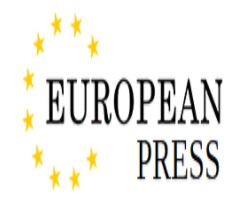The High Court trial between PPE Medpro and the Department of Health and Social Care (DHSC) resumed on day eight with a forensic focus on the statistical credibility of the government’s gown sterility tests — tests that underpin its £122 million claim that PPE Medpro breached contract by supplying non-sterile surgical gowns.
In a day that further undermined the DHSC’s central argument, cross-examination of the government’s statistics expert Professor Anne Hutton revealed significant flaws in the design and reliability of the gown testing programme — including the startling admission that no formal sampling approach was used and that critical questions about the storage of the gowns remained unanswered.
The government’s testing, conducted by Swann-Morton in 2022, was based on a sample of just 60 gowns out of a total delivery of 25 million — all of which had been sterilised by just one of seven facilities. Furthermore, only two shipping containers were sampled from an estimated 544. The testing took place 18 months after the gowns were handed over to the government’s logistics agents in China, with no detailed record of how the sampled gowns were stored or handled in the interim.
‘No formal sampling approach’
Under questioning from PPE Medpro’s lead counsel Charles Samek KC, Professor Hutton admitted that the government’s sampling method failed to follow recognised statistical protocols.
Samek KC: “You’re very clear: ‘the sample of gowns did not use a formal approach…’ Do you stand by those words?”
Support authors and subscribe to content
This is premium stuff. Subscribe to read the entire article.









